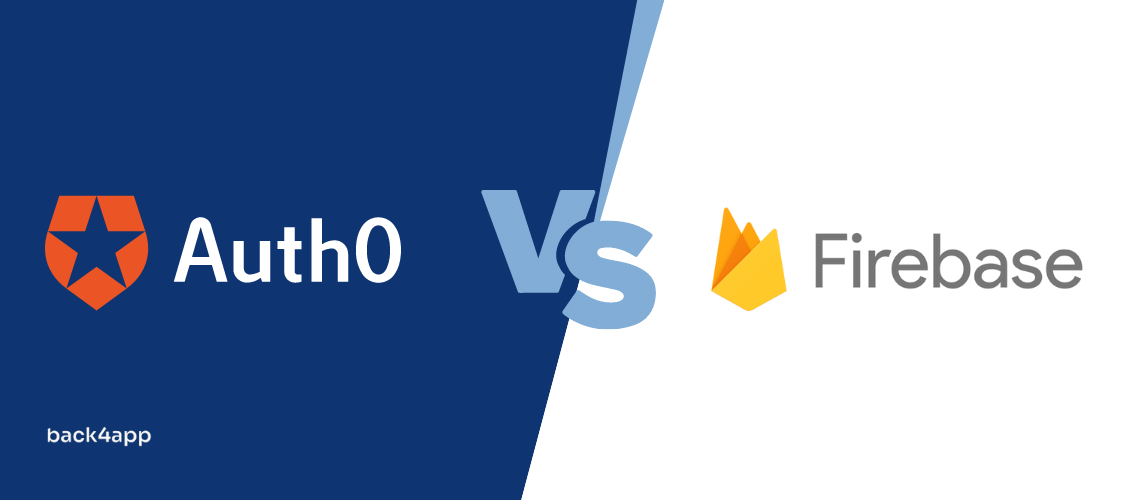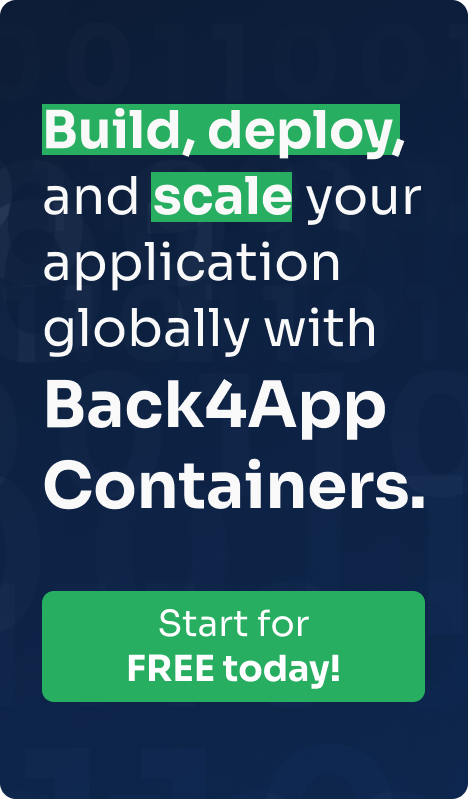App development platforms are meant to simplify app development by providing services such as templates, code-free development, analytics, data synchronization, and more.
An effective app development platform can help in accelerating your application development process. These platforms can provide you with APIs to integrate backend services into your apps.
Even more, with easier use of a visual development environment to make the process easier and quicker. Even more, some of these platforms also provide hardware assistance and compatibility in workflow design.
However, when choosing the best app development platform, Firebase and Auth0 are two of the most amazing platforms that can come to your mind.
Auth0 vs Firebase: Everything you need to know about it
Both Firebase and Auth0 are amazing application development platforms. Both of the solutions tend to be deployed by companies offering mobile and web applications to users outside their organizations.
However, when it’s about to choose between Auth0 and Firebase, things can get a bit trickier. However, having a look at key features, benefits, and overview below can help you make a better decision.
So, here we go:
Read More



